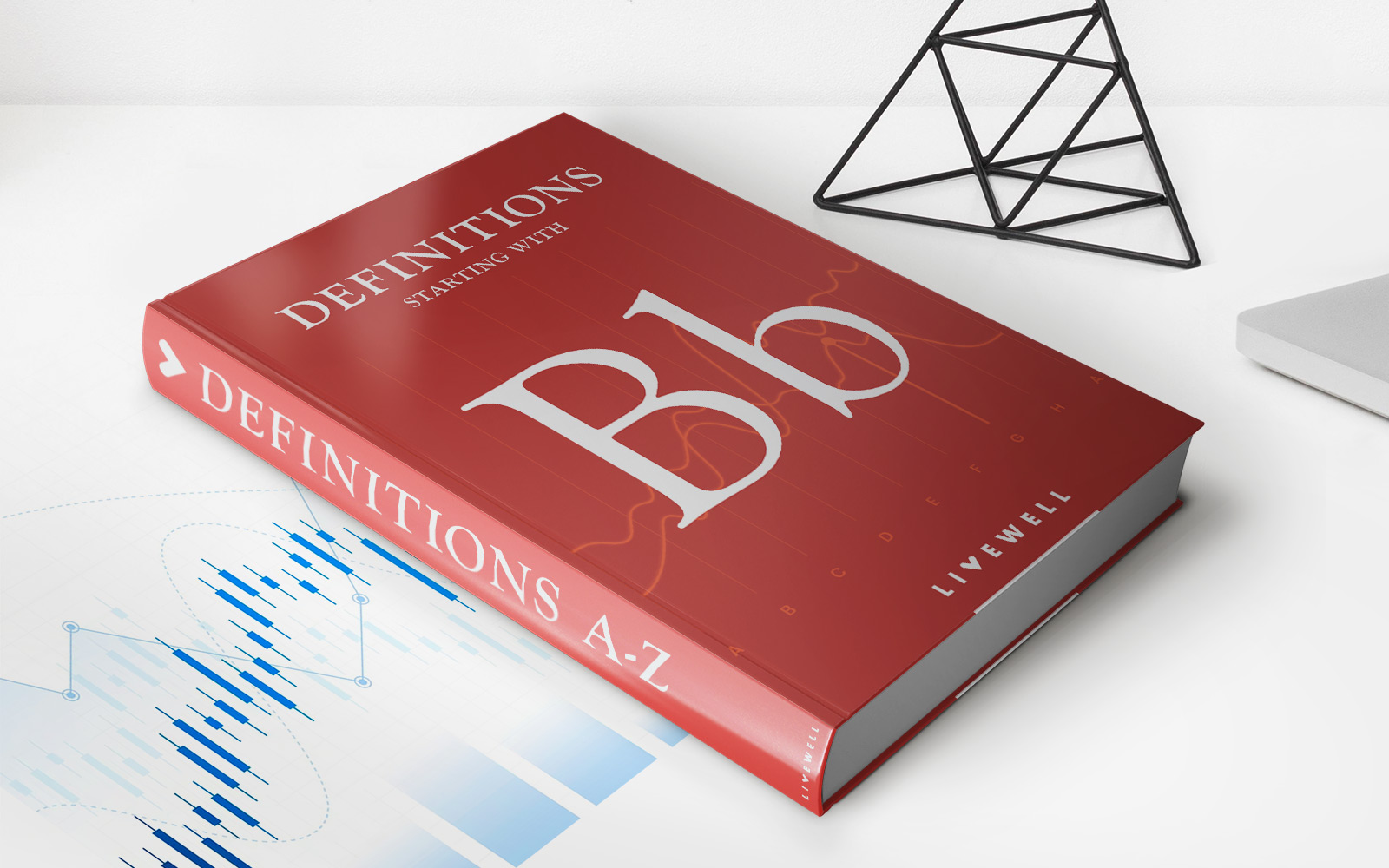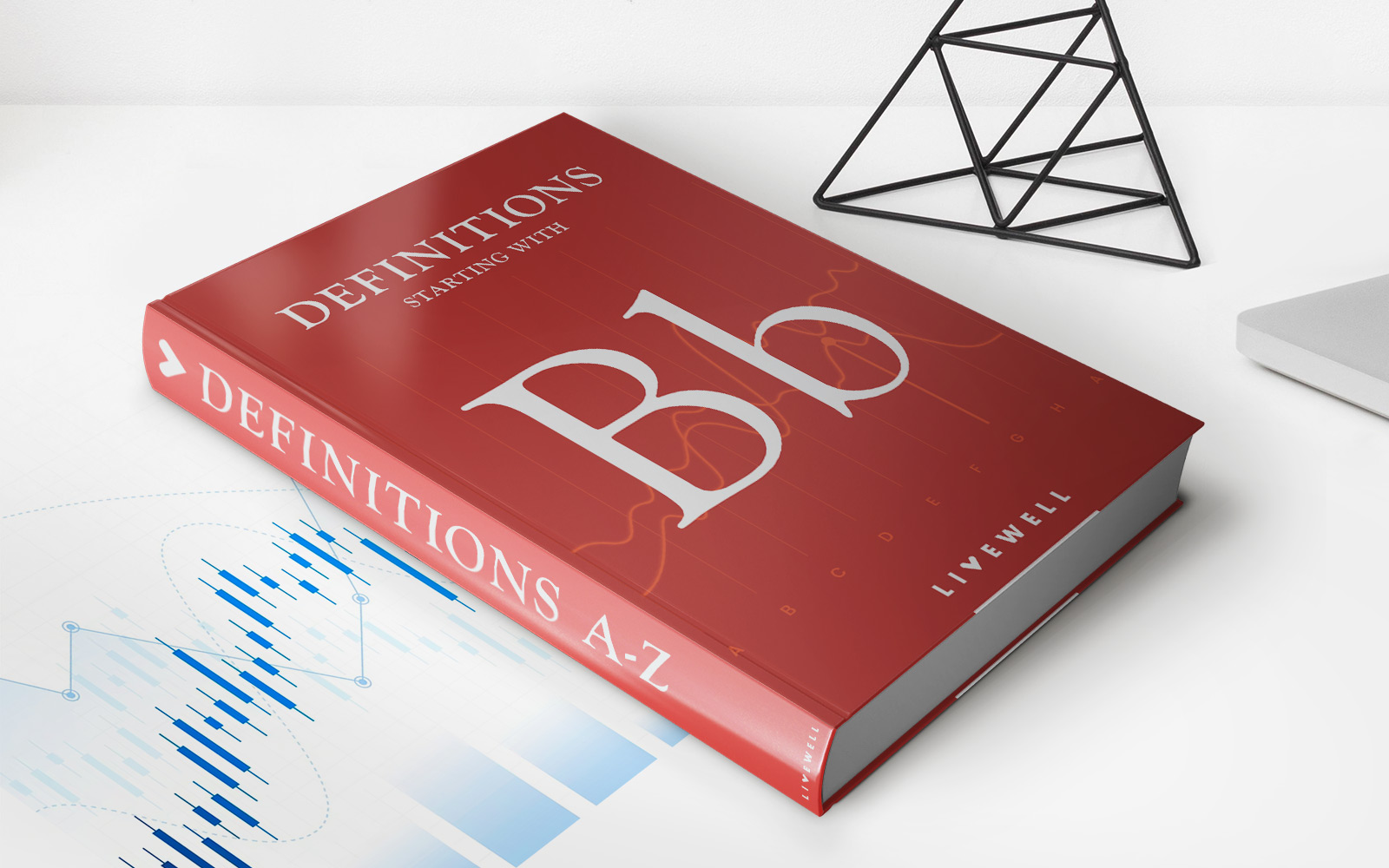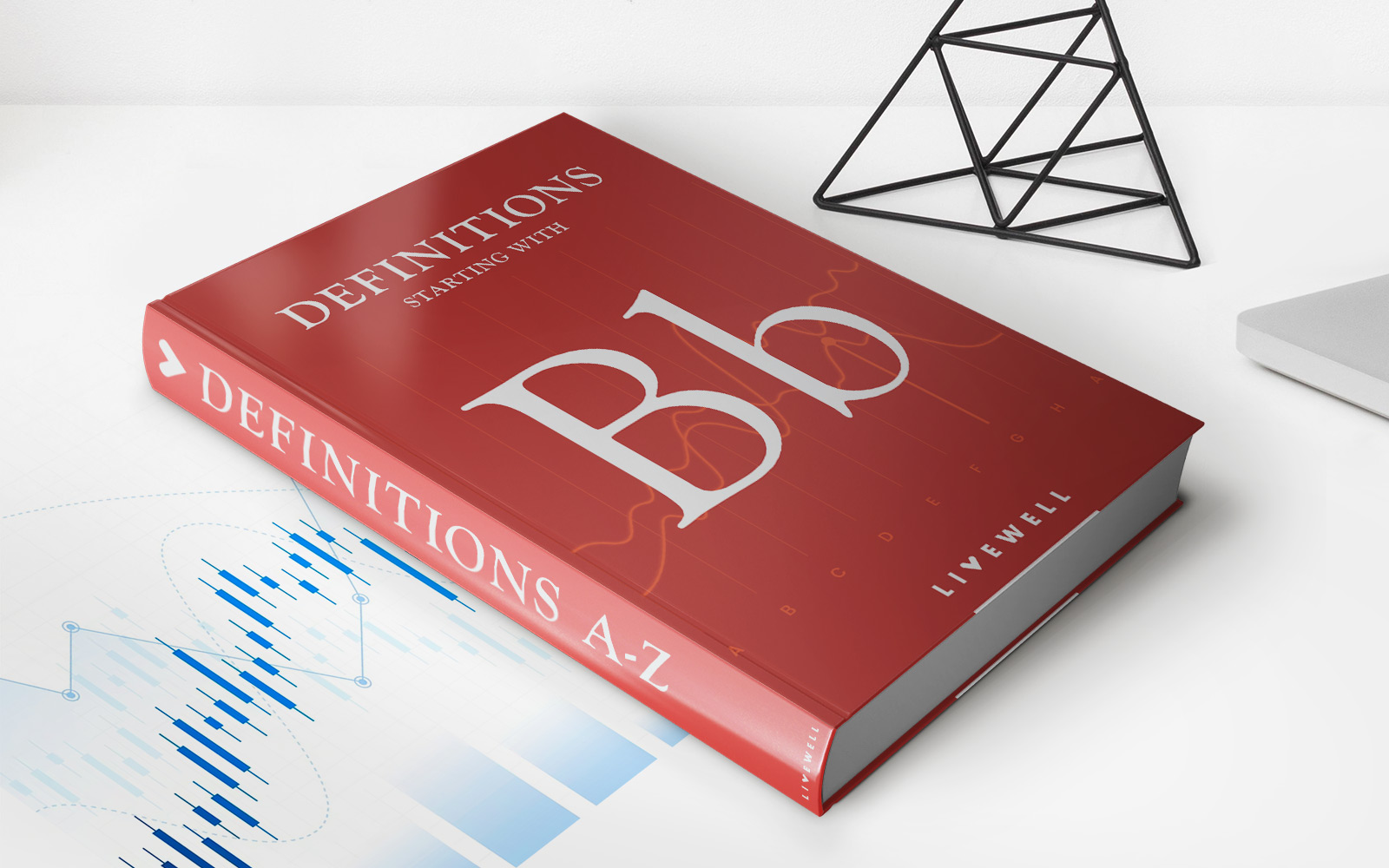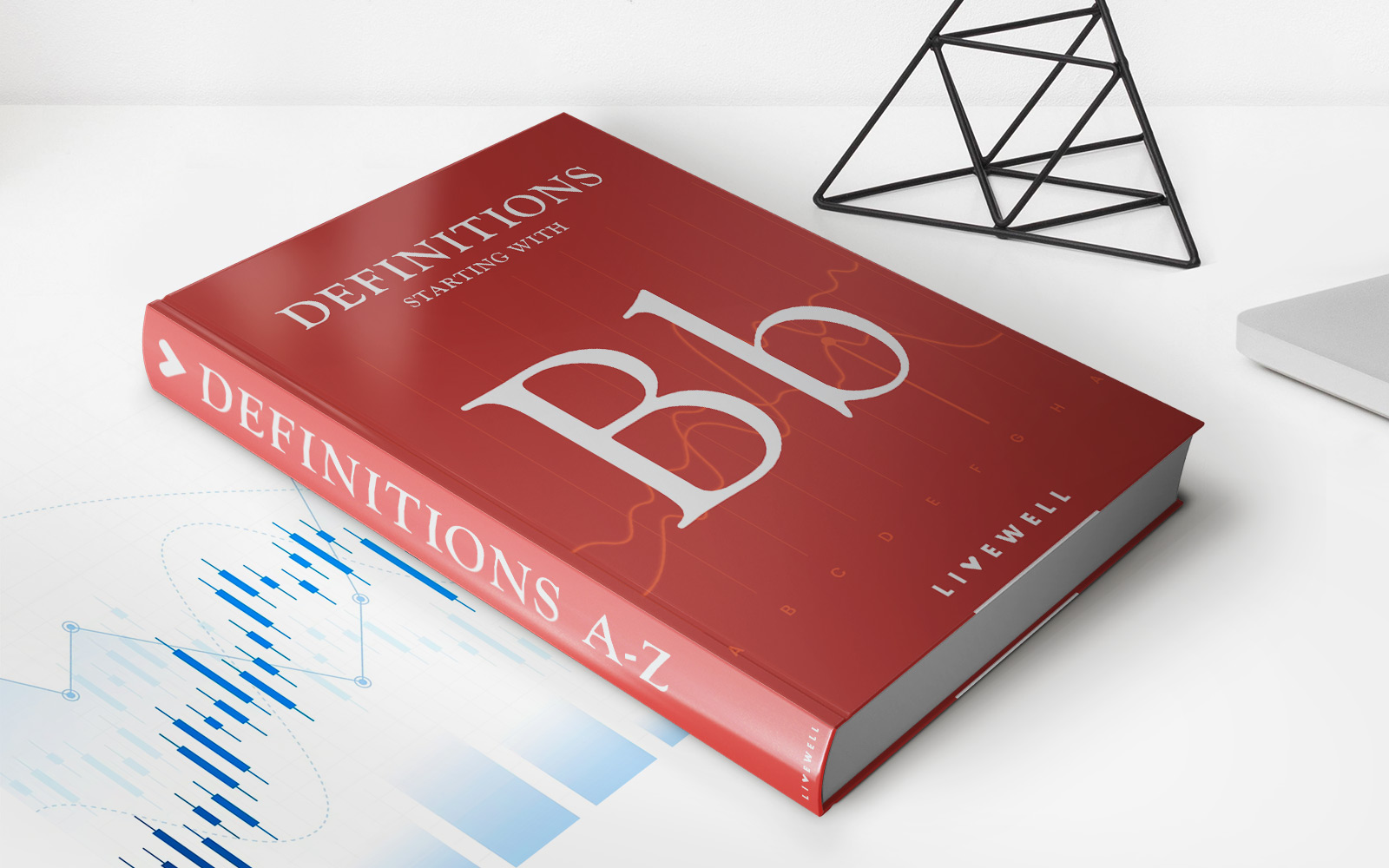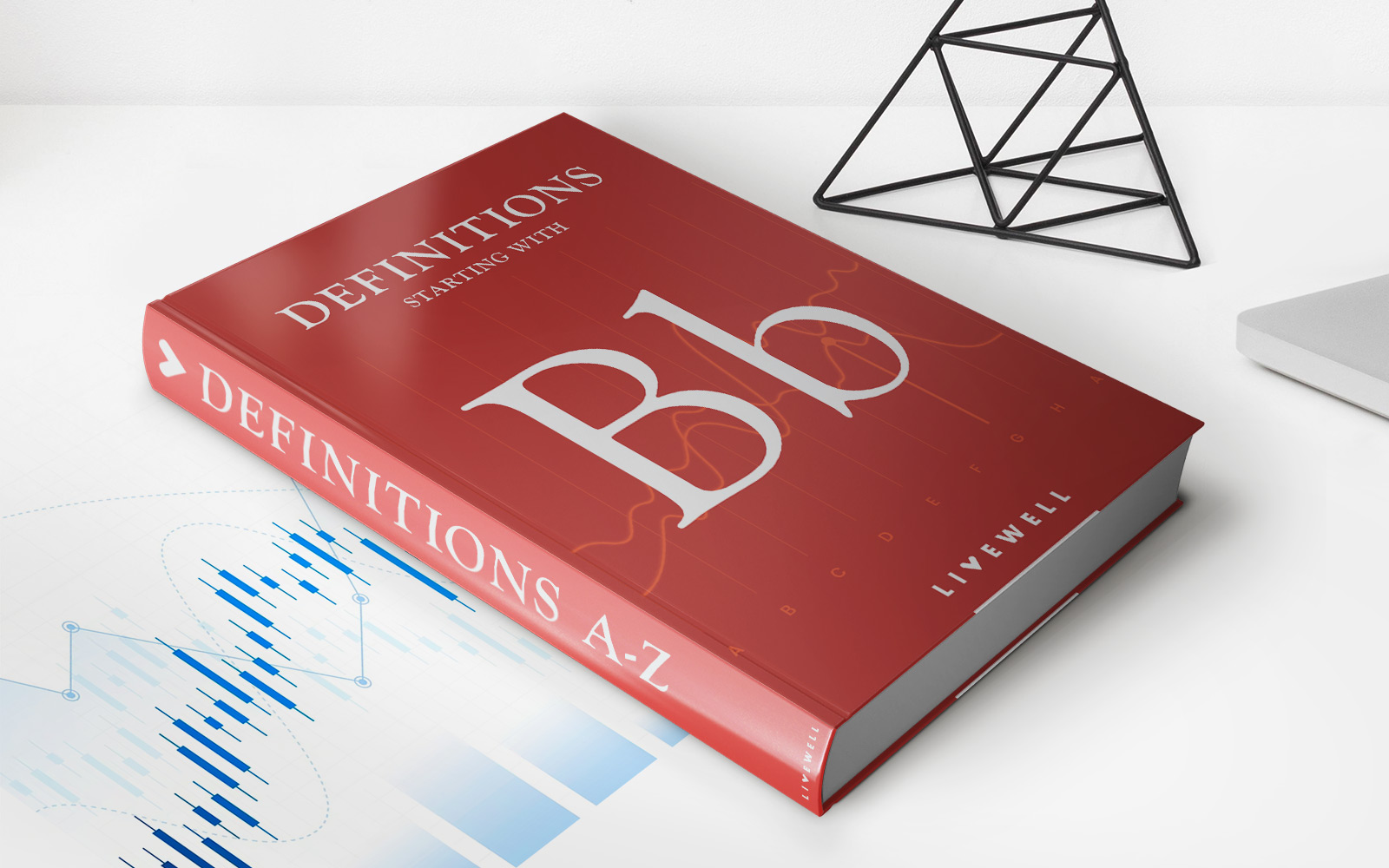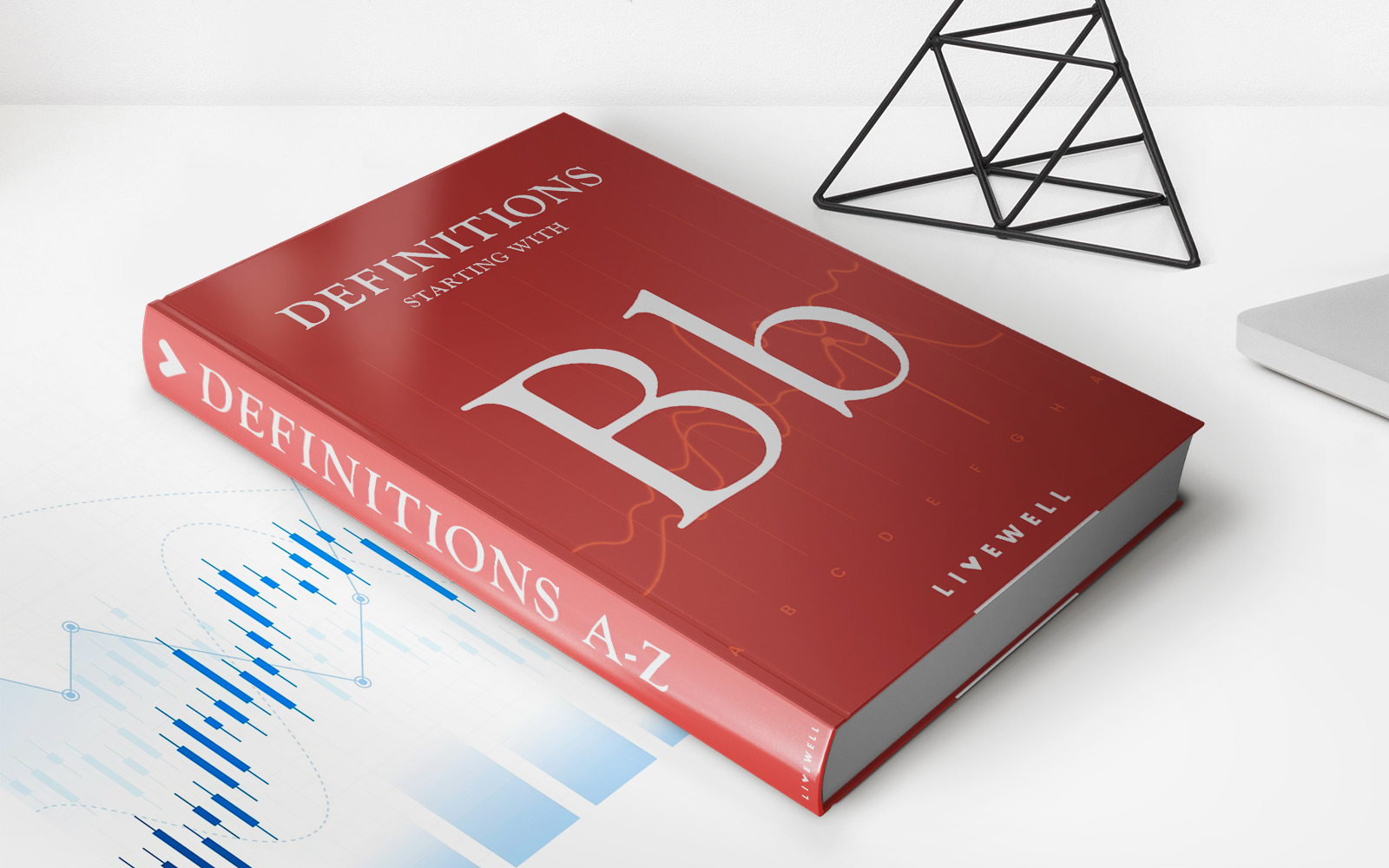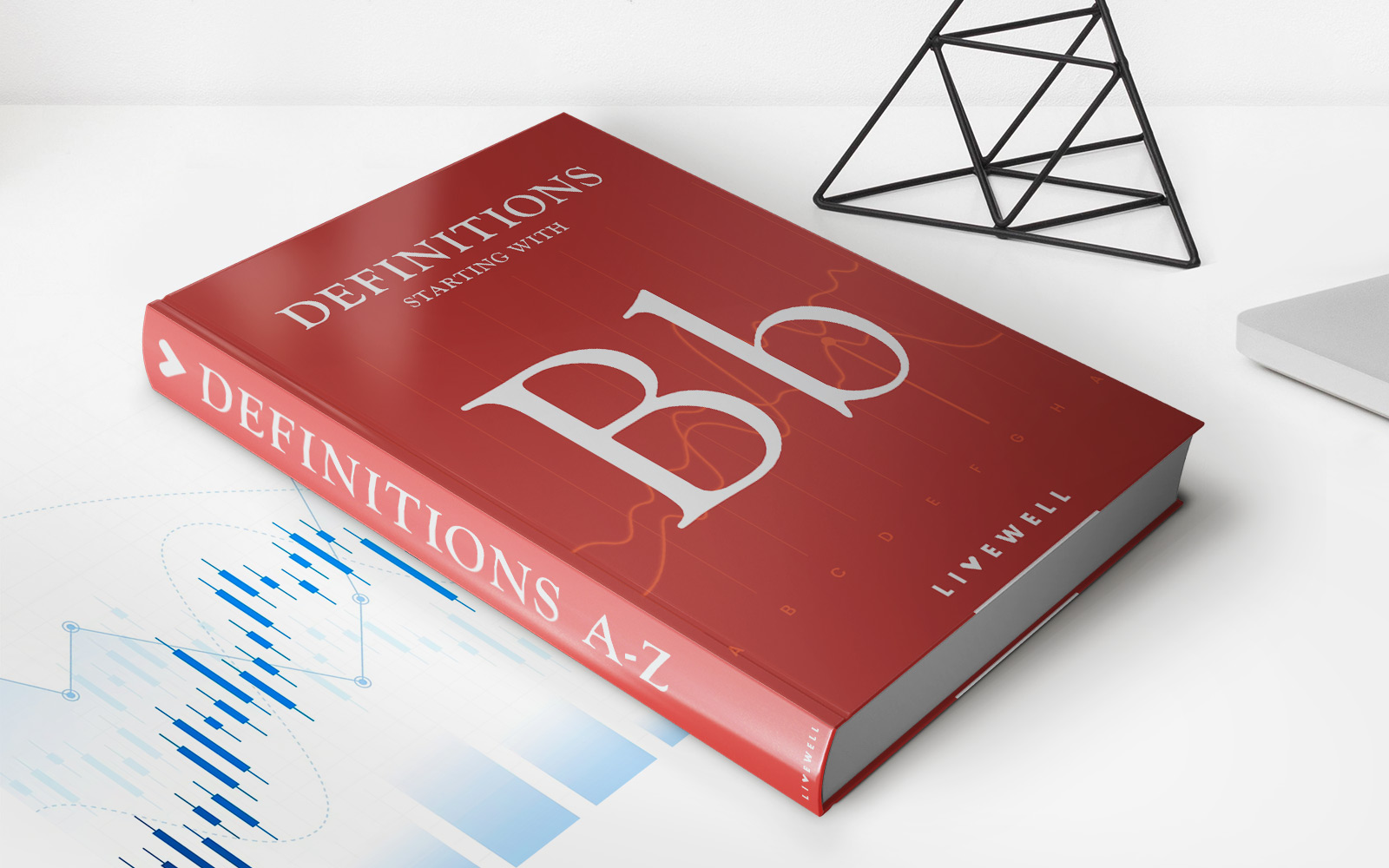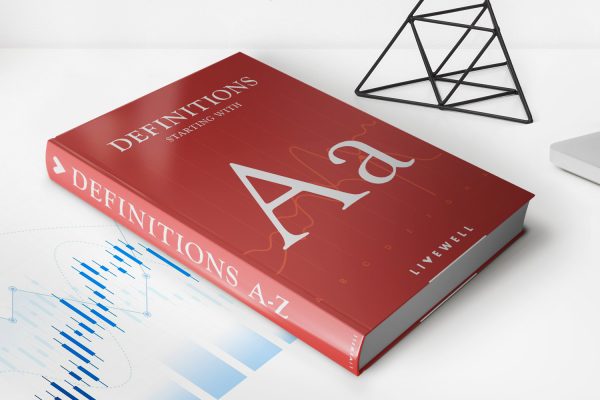Home>Finance>Class B Shares: Definition, How They Work, And Voting Power


Finance
Class B Shares: Definition, How They Work, And Voting Power
Published: October 27, 2023
Learn about Class B Shares in finance - their definition, how they work, and the voting power they hold. Gain a comprehensive understanding of these shares.
(Many of the links in this article redirect to a specific reviewed product. Your purchase of these products through affiliate links helps to generate commission for LiveWell, at no extra cost. Learn more)
Class B Shares: Definition, How They Work, and Voting Power
Welcome to our Finance blog, where we dive deep into various aspects of the financial world. In today’s post, we’re going to explore the fascinating realm of Class B shares. If you’ve ever wondered what they are, how they work, and the voting power associated with them, you’re in the right place. So, let’s get started!
Key Takeaways:
- Class B shares are a type of stock that typically carry different voting rights compared to Class A shares.
- These shares are often created to give certain individuals or organizations more control or influence over the company.
What are Class B Shares?
Class B shares refer to a type of stock issued by a company that differ from Class A shares in terms of voting power. While both classes of shares represent ownership in a company, Class B shares usually carry fewer voting rights. Companies often issue Class B shares to grant certain individuals, such as founders or long-term investors, greater control or influence over the company’s decision-making process.
It’s important to note that the distinction between Class A and B shares is not universal and can vary from company to company. The specific rights and privileges associated with each class of share are outlined in the company’s articles of incorporation or bylaws. As an investor, it’s crucial to thoroughly understand the different classes of shares before making any investment decisions.
How Do Class B Shares Work?
Class B shares typically provide their holders with multiple votes per share, while Class A shares are granted only one vote per share. This disparity in voting power allows certain shareholders to maintain a higher degree of control over the company, even if they own a smaller percentage of the total shares outstanding. It’s common for founders or key executives to hold Class B shares, ensuring they have a stronger say in the company’s operations and strategic decisions.
While Class B shares may offer superior voting power, they often come with certain limitations when it comes to dividends and other financial benefits. In many cases, Class A shares receive priority treatment in terms of dividend payments, giving them a higher claim on the company’s profits. Class B shareholders may also face restrictions when it comes to selling their shares or converting them into different classes.
Voting Power Associated with Class B Shares
The voting power associated with Class B shares can vary widely depending on the company’s structure and the specific terms outlined in its governing documents. Generally, owning Class B shares grants the holder a disproportionately higher number of votes compared to Class A shareholders. This allows those with Class B shares to exert more influence in corporate decision-making processes, such as electing board members or approving major company transactions.
It’s worth noting that in some cases, companies may issue multiple classes of shares beyond just Class A and B. The inclusion of additional classes with different voting powers can further complicate the voting structure and dynamics within the company.
In Conclusion
Class B shares provide certain individuals or organizations with enhanced voting power in a company. While they may have fewer rights when it comes to dividends and other financial benefits, Class B shareholders can exert a greater influence on the decision-making process. As an investor, it’s essential to understand the implications of different share classes before making any investment decisions.
We hope this blog post has shed some light on the world of Class B shares. Be sure to stay tuned for more informative content from our Finance category. If you have any questions or topics you’d like us to cover, don’t hesitate to reach out. Happy investing!
